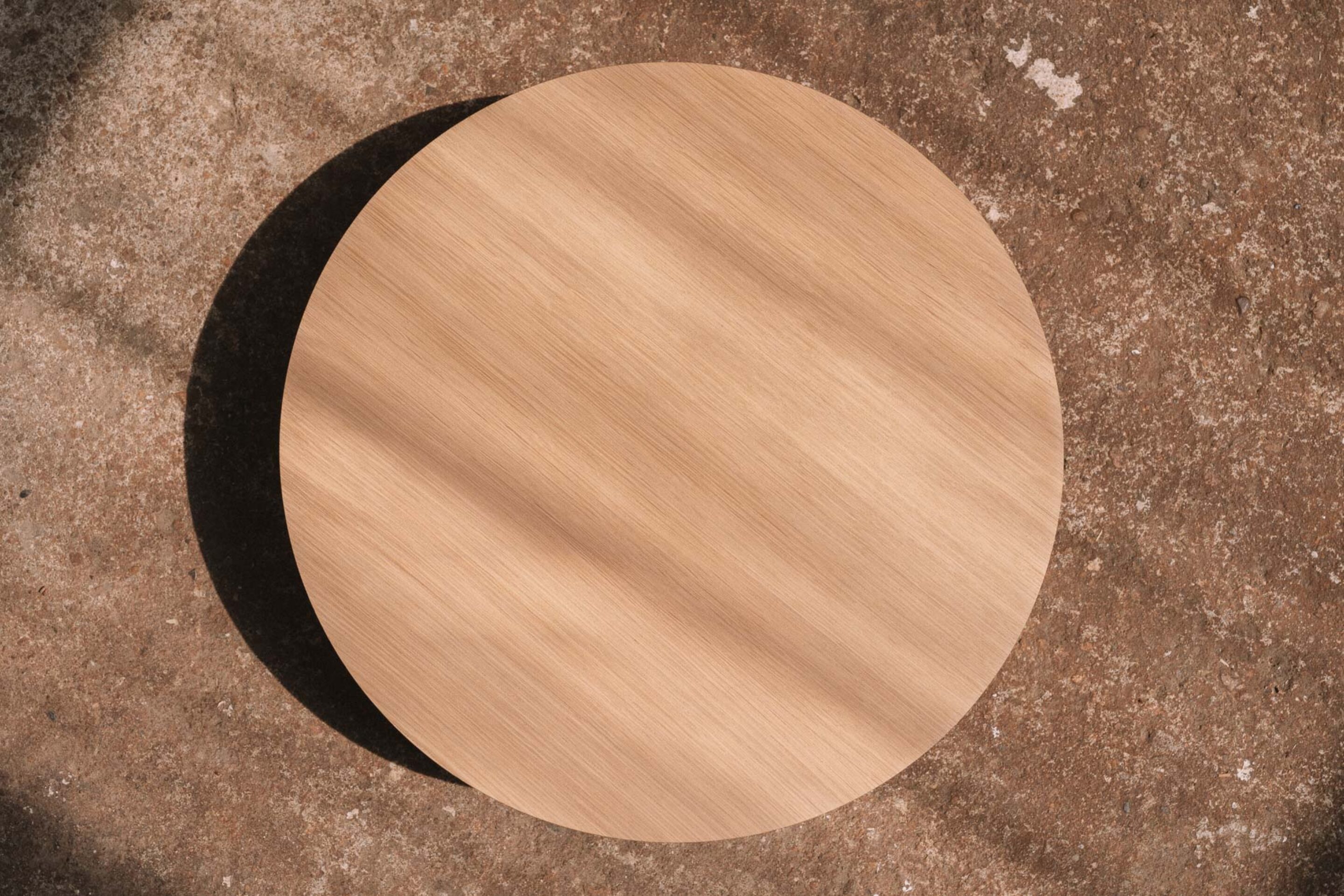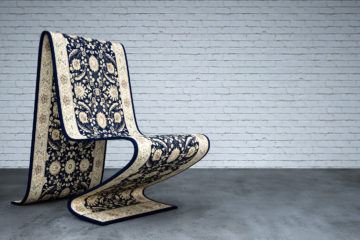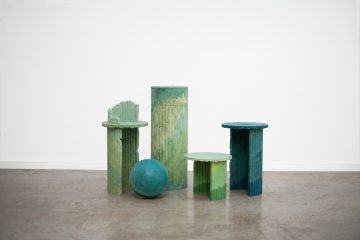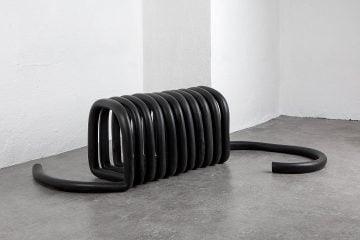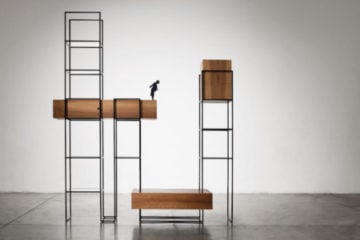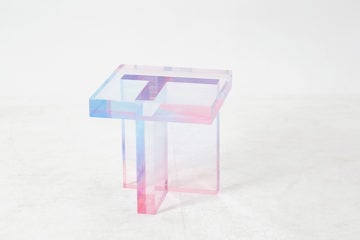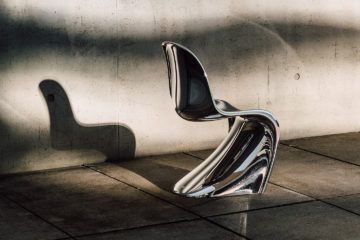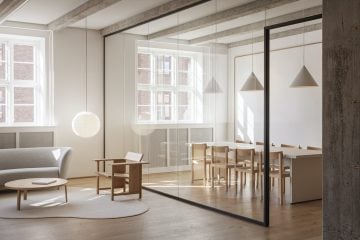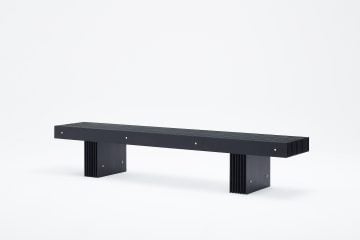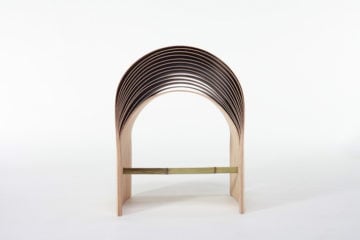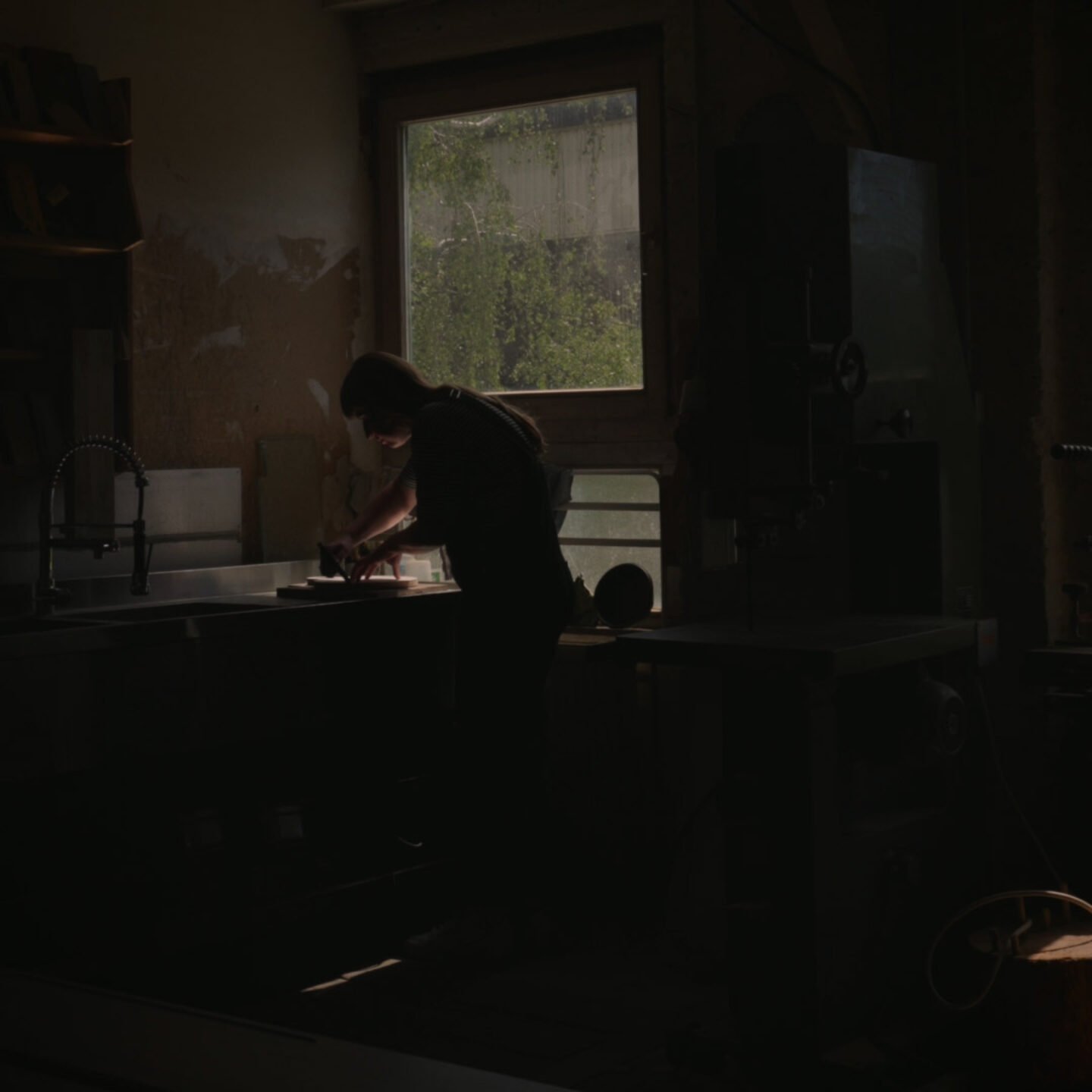
Nicolene Van Der Walt’s Wooden Objects Combine Artistic Freedom With Craftsmanship
- Name
- Nicolene Van der Walt
- Images
- Clemens Poloczek
- Words
- Marie-Louise Schmidlin
Nicolene Van der Walt is a designer, artist, and woodworker who carefully crafts objects made of solid wood. Characterized by her minimalist aesthetic and repetition of geometric forms, Van der Walt designs equally functional and sculptural pieces. Through her background in fine arts and her traditional training in carpentry, her practice is built on a wealth of experience and skill. Intrigued by the designer’s work and approach to creation, Ignant had the pleasure of visiting her workshop in Berlin-Neukölln.
“During the weekdays, I share this workshop with six other carpenters. It can get quite loud and busy here, to the point where you can barely hear your own words,” she shares with us as we prepare for our visit to her studio. So we arranged our meeting for a quieter day and found ourselves at her doorstep on a sunny Saturday in June. “This place has been a wood workshop for over 80 years. Before that, it was dedicated to metal works,” she tells us as we step inside.
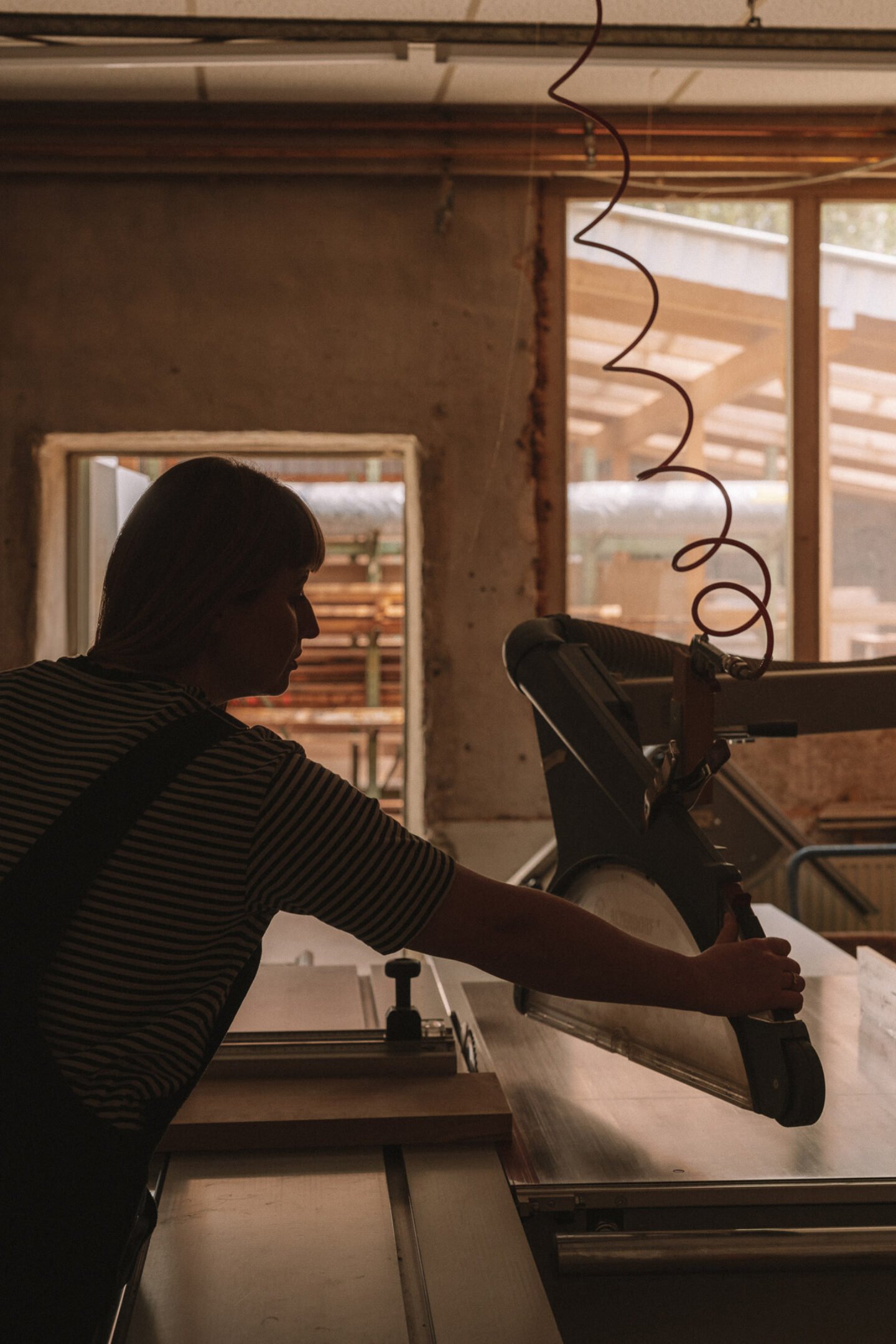
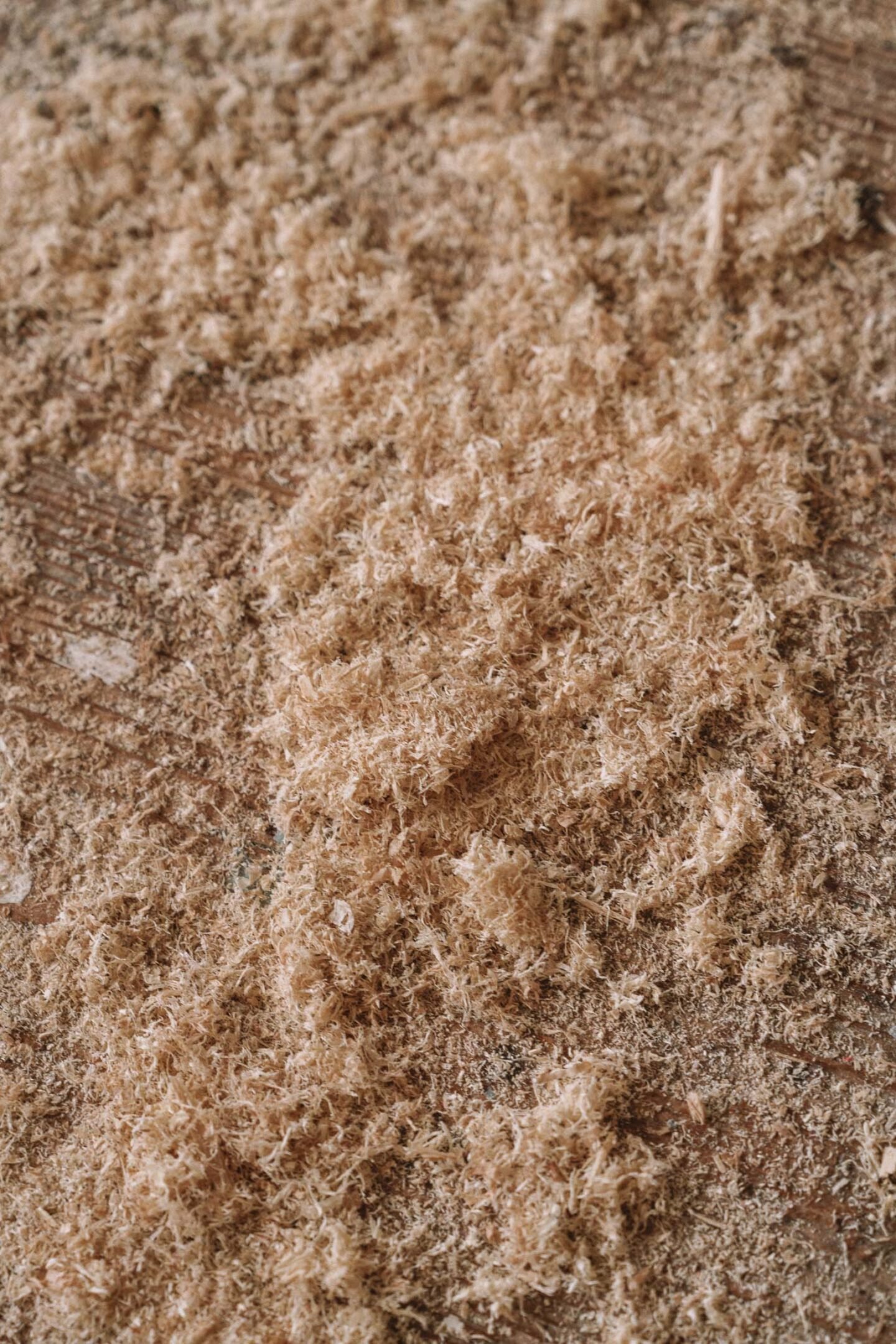
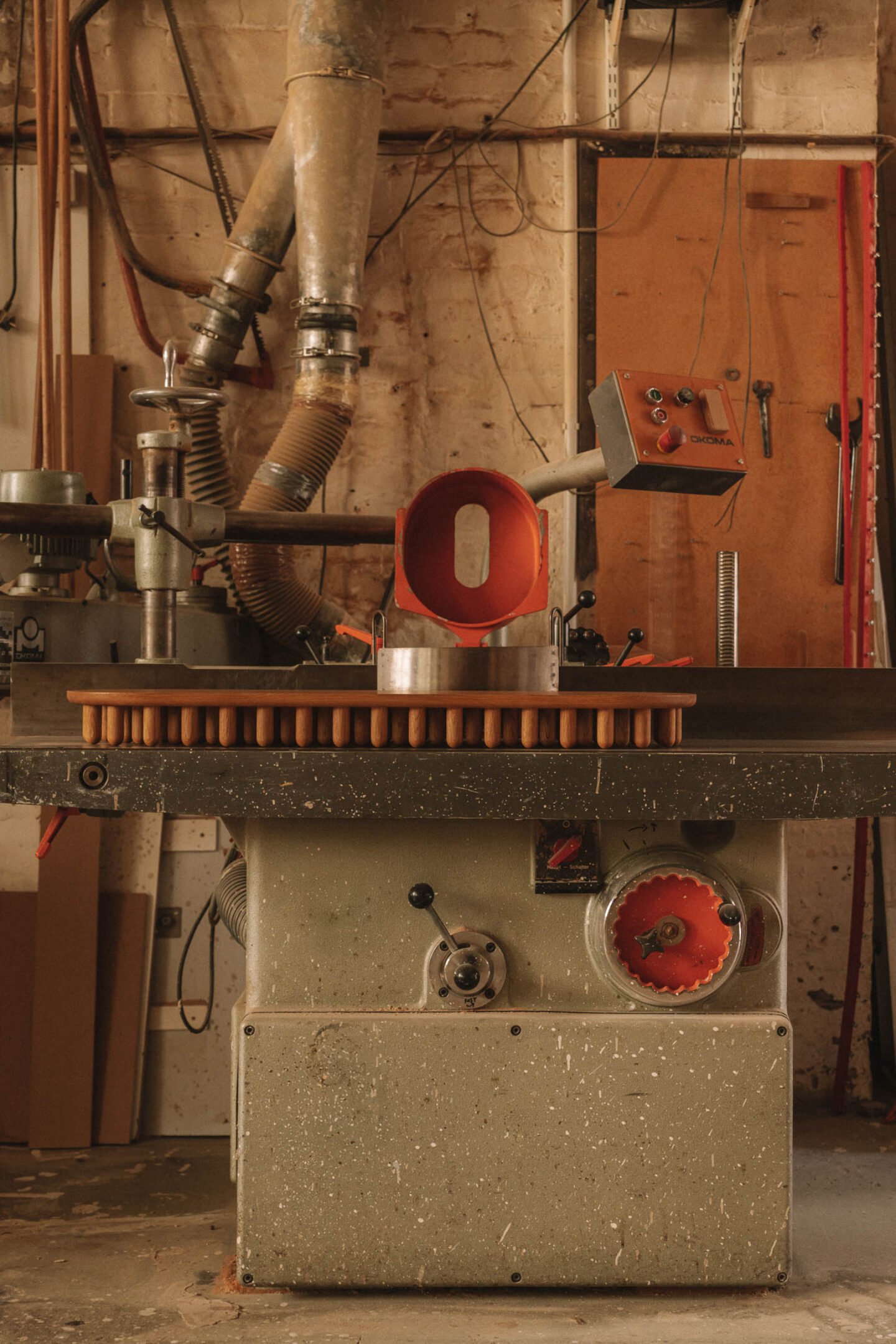
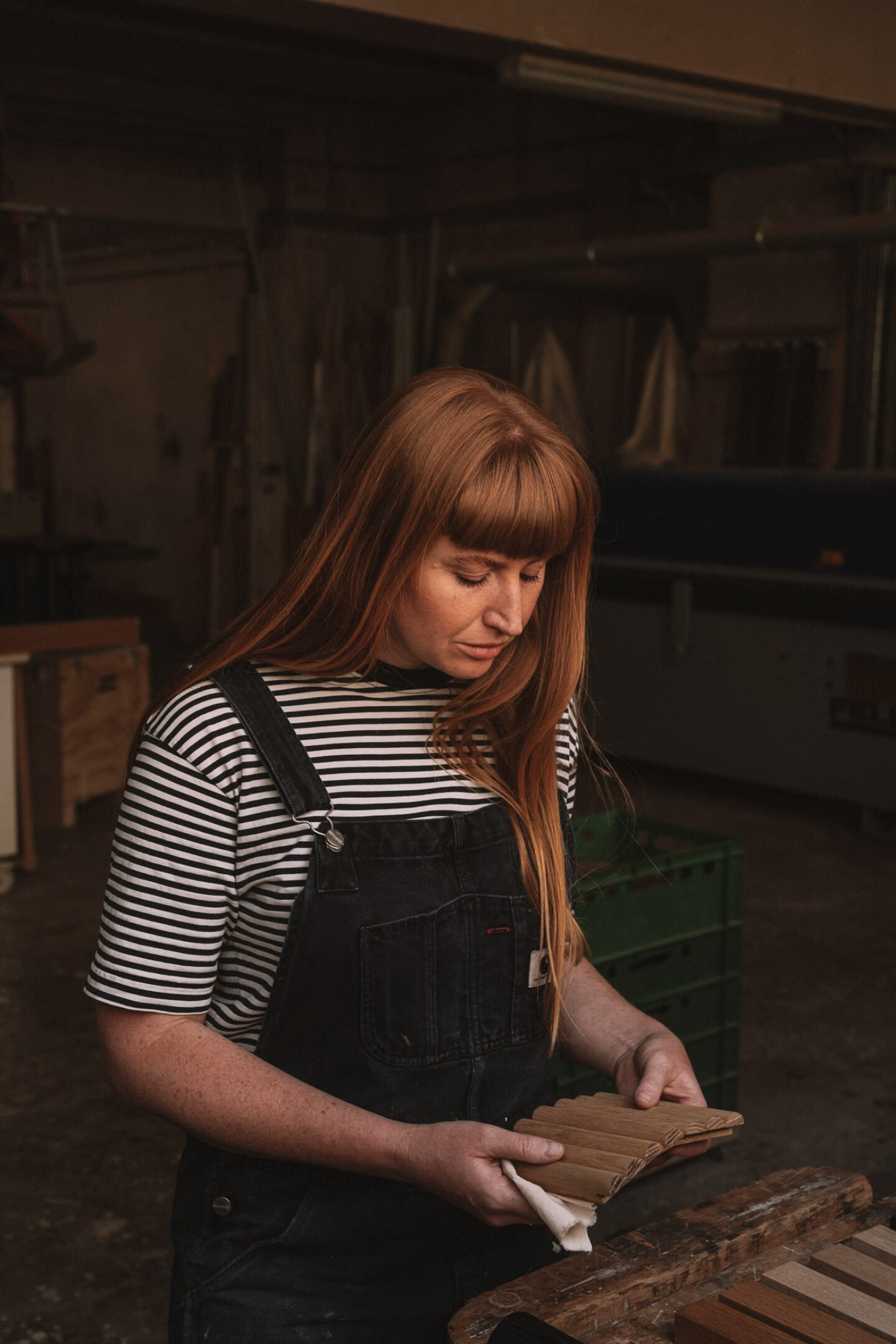
Upon entering the workshop, we immediately sense that despite its current calm, this place is usually bustling with movement. The air carries the unmistakable scent of wood and the floor tells stories of the countless working hours and footsteps that have shaped its surface. Gently covered with a thin layer of wooden dust, the machines in the open space seem to be resting after a busy week of work.
As we explore the studio, Van der Walt guides us toward her workbench, where she spends time refining her pieces when she’s not working on the larger wood-cutting machines. On her table, she shows us an assortment of carefully arranged wood samples. “I prefer to work with oak, walnut, and ashwood. These are the types of wood I find most aesthetically pleasing and enjoyable to work with,” she explains. “I also experiment with different oils and techniques to dye the wood naturally.”
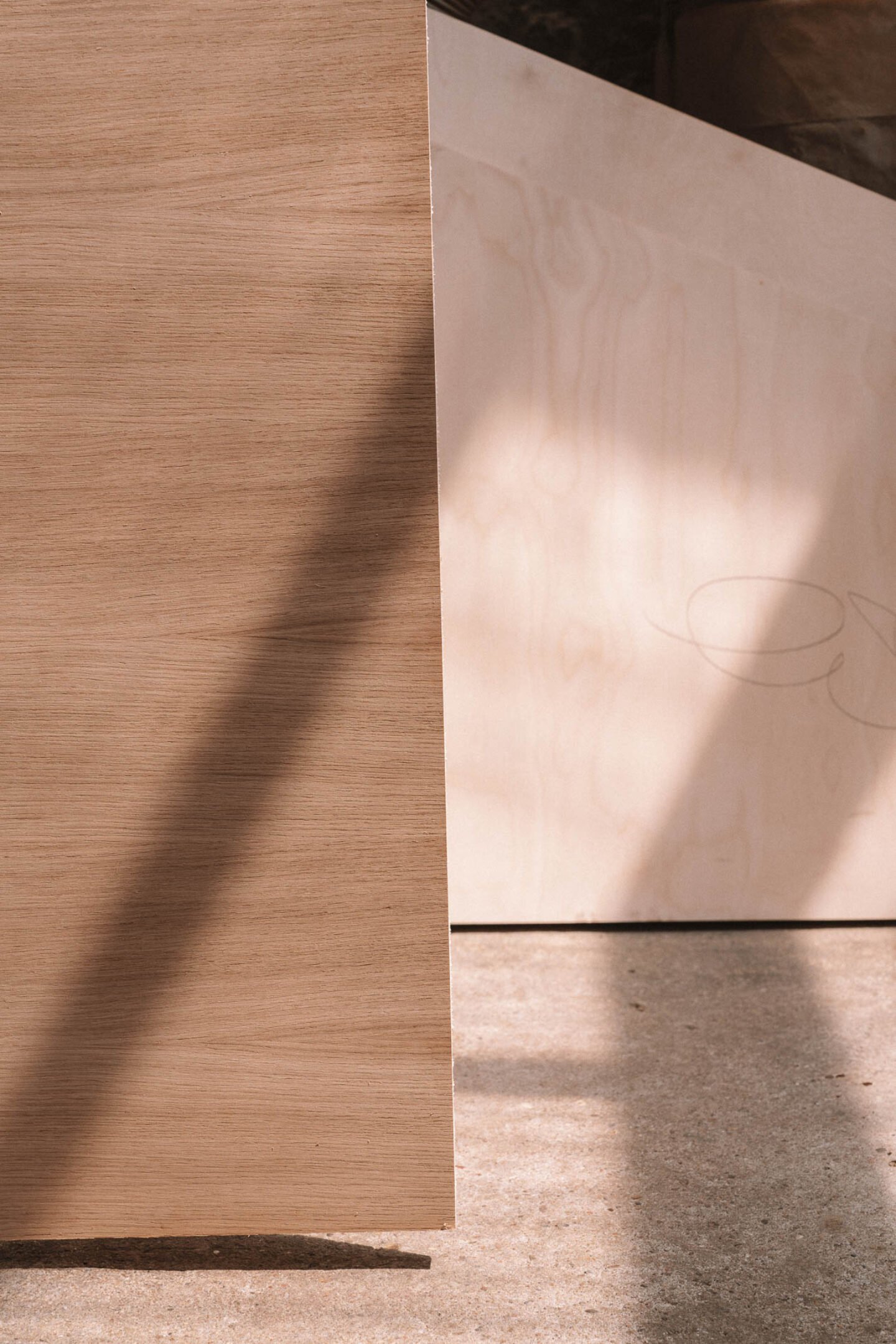
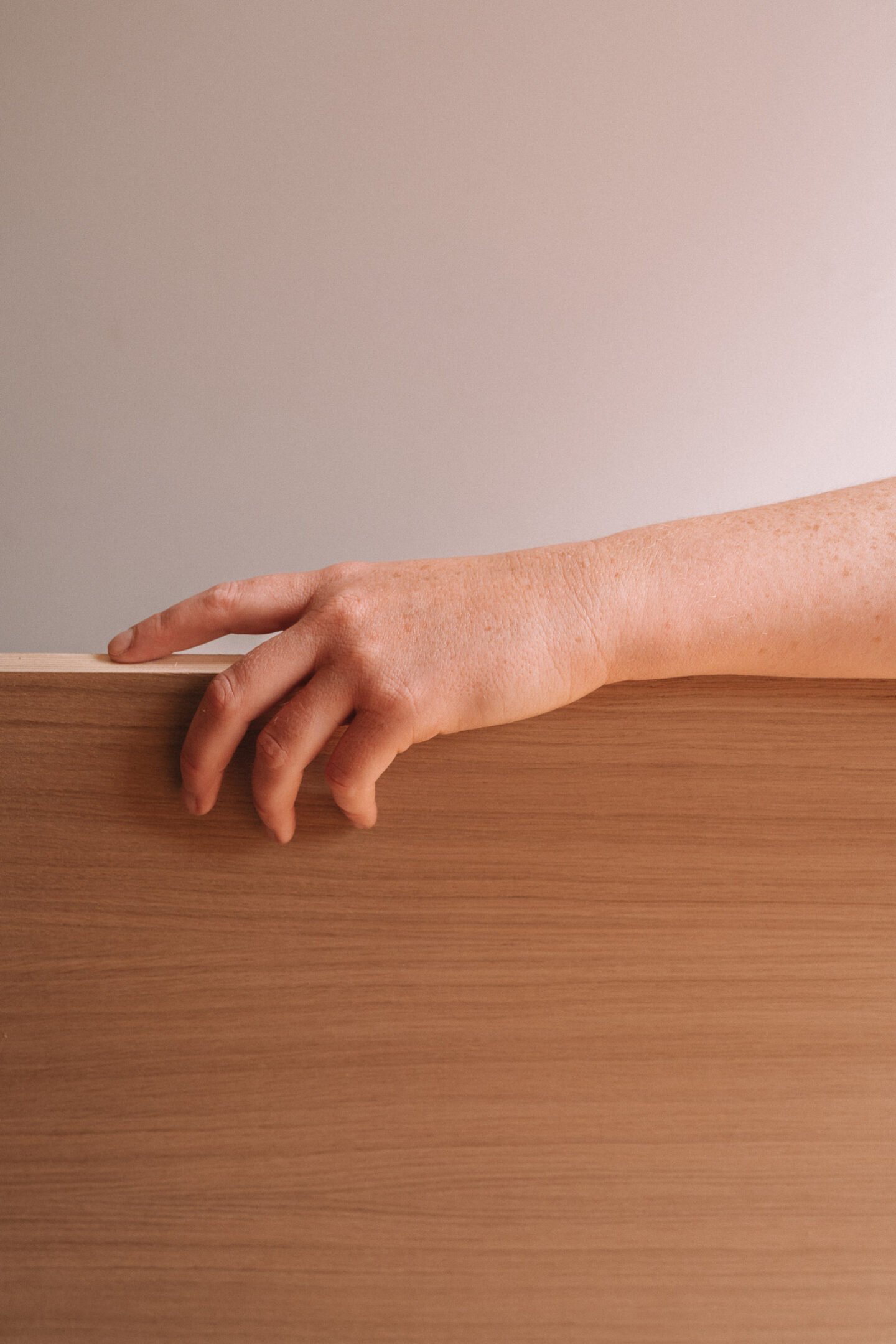
"My practice allows me to combine the freedom of being an artist and experimenting in the studio with being a woodworker."
While the functionality of the objects lies at the core of her practice, Van der Walt’s diverse experiences and influences enrich her creations. After studying fine arts with a focus on sculpture, she embarked on a journey of artistic exploration, trying her hand at various mediums before discovering her passion for woodworking. “Following my studies, I tried many different things like writing, printmaking, bronze sculpting, and ceramics. But it was only during my carpentry internship that I felt like I had truly found my place,” she tells us. Following that experience, she decided to start a traditional apprenticeship in woodworking in Berlin and eventually established her own practice. “The thing I love about having my own studio and working for myself is that I don’t have to decide who or what I want to be. My practice allows me to combine the freedom of being an artist and experimenting in the studio with being a woodworker,” she says.
To find new forms and ideas, Van der Walt experiments with models made of cardboard before starting to work with wood. “I always start with these models, as wood is such a precious material and I don’t want to waste it.” While her love for simplicity defines her work, she also likes to add an element of surprise. In her series of perfectly round-shaped cutting boards, for example, the addition of an oval handle not only enhances the object’s functionality but also adds a certain playfulness to the piece.
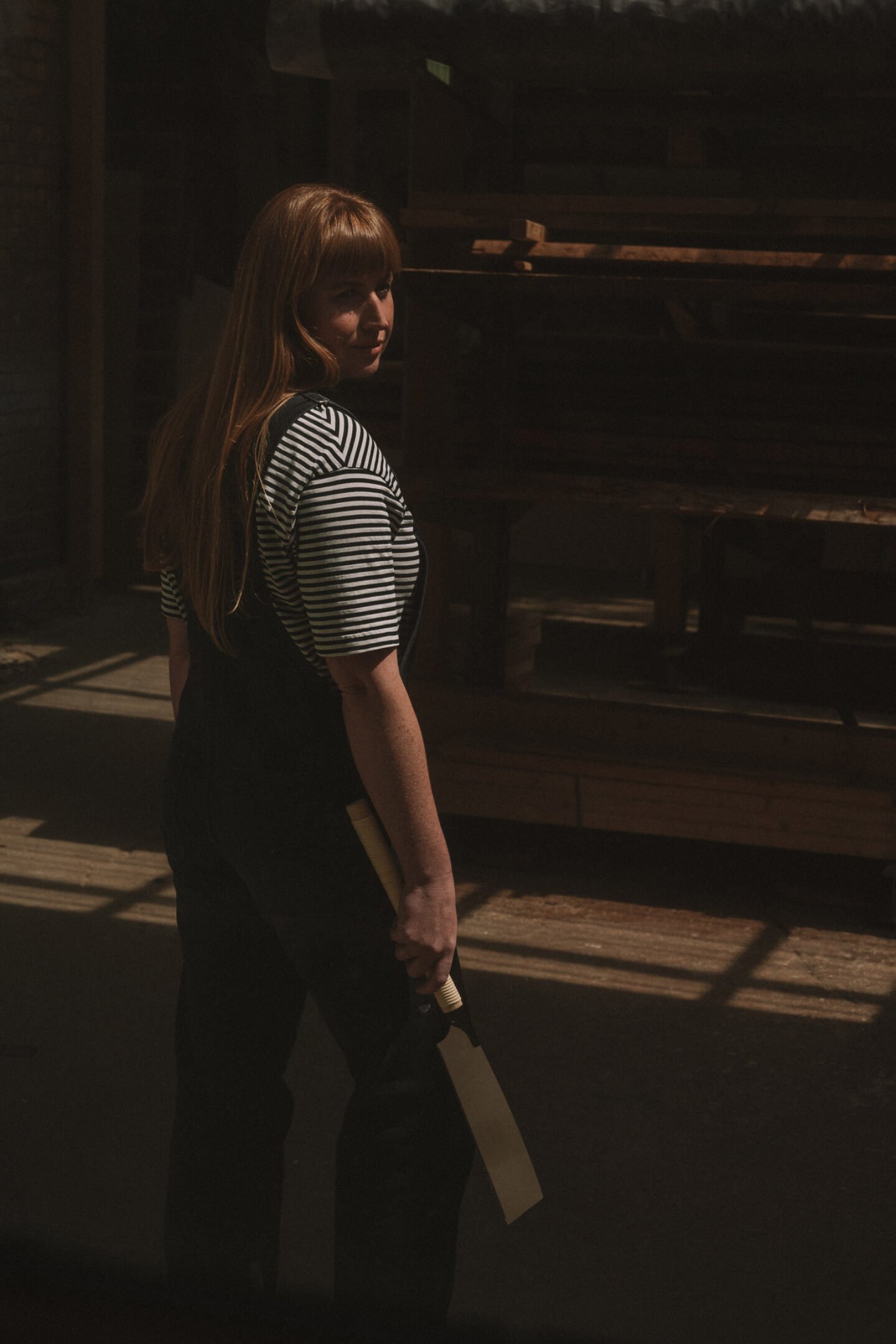
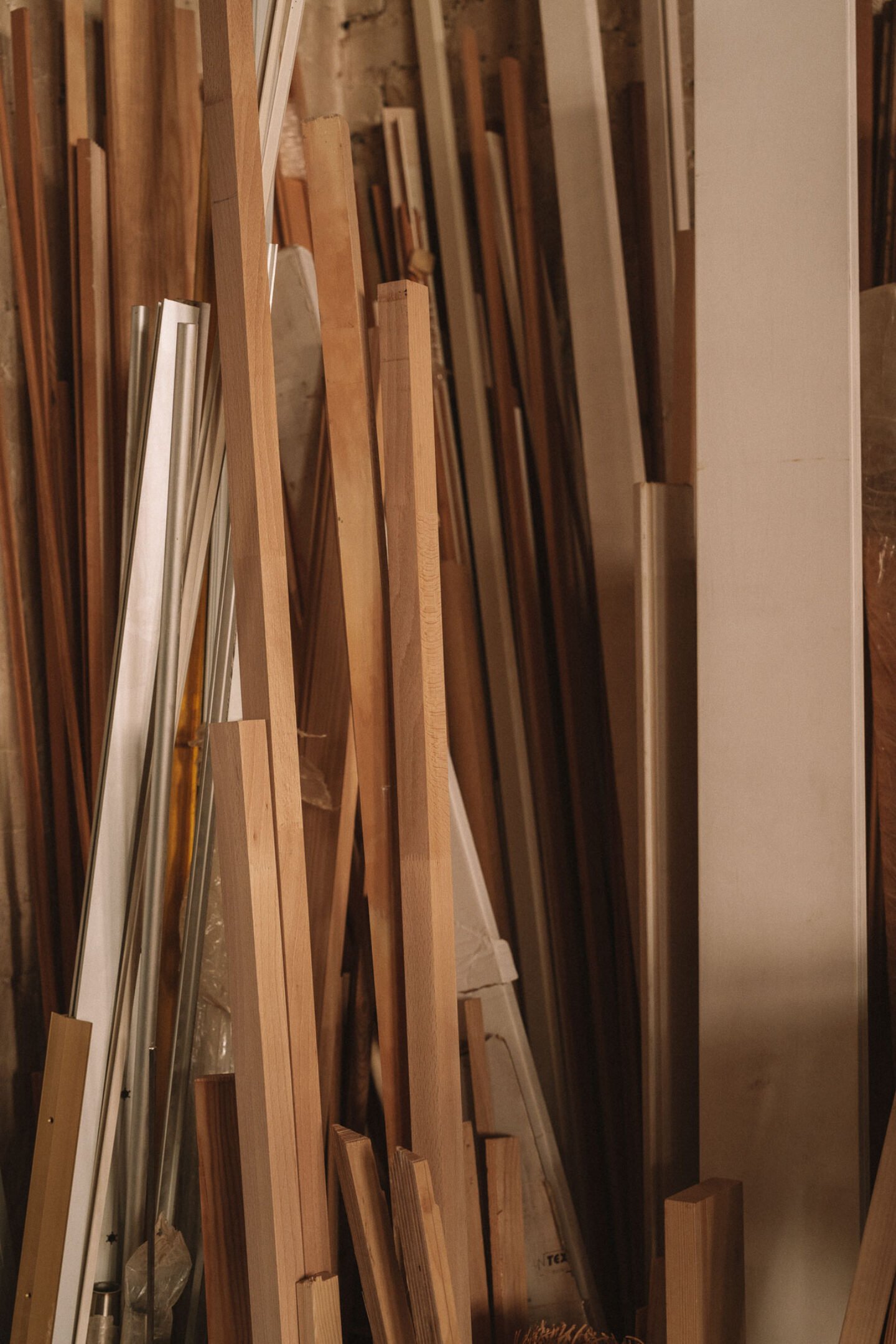
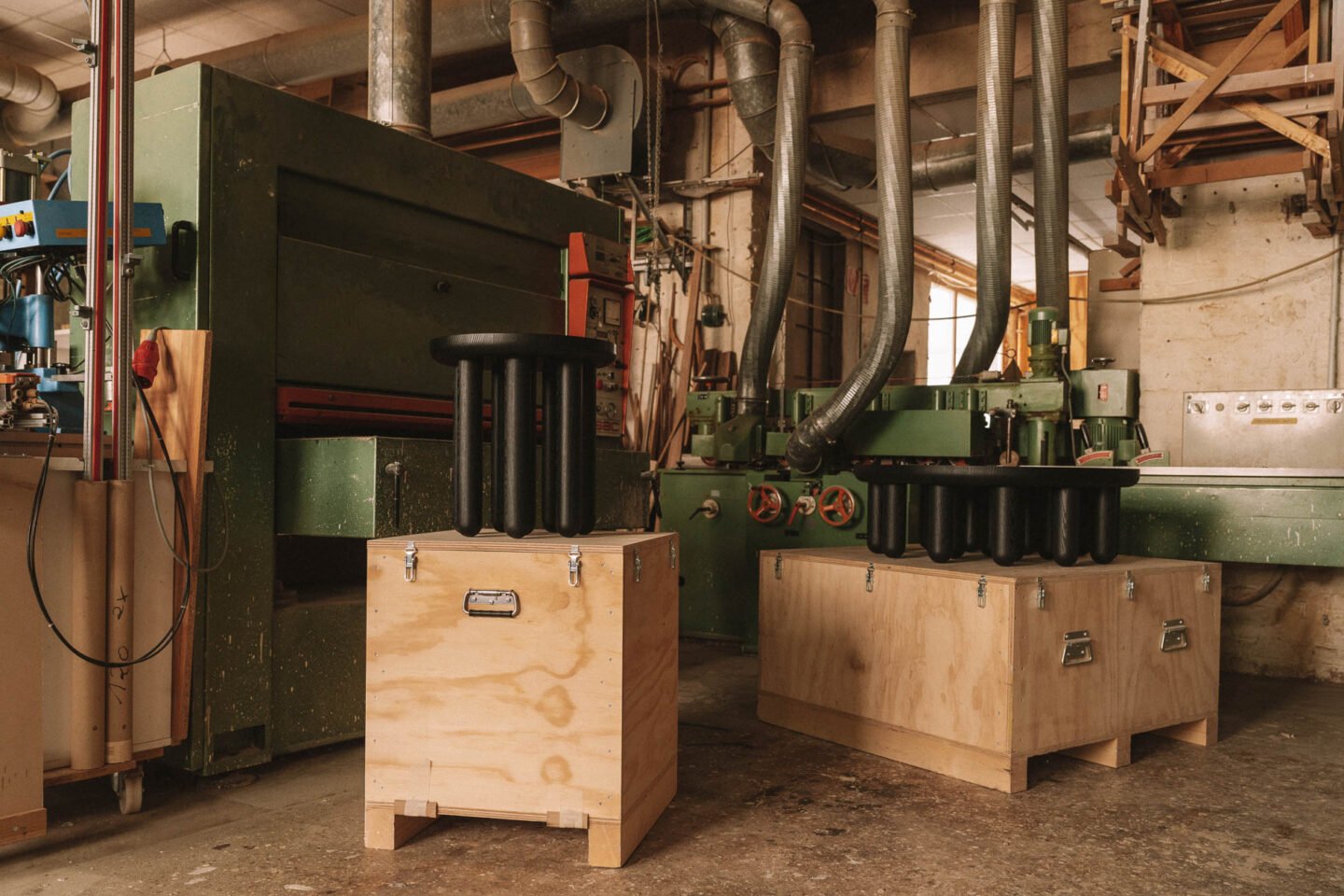
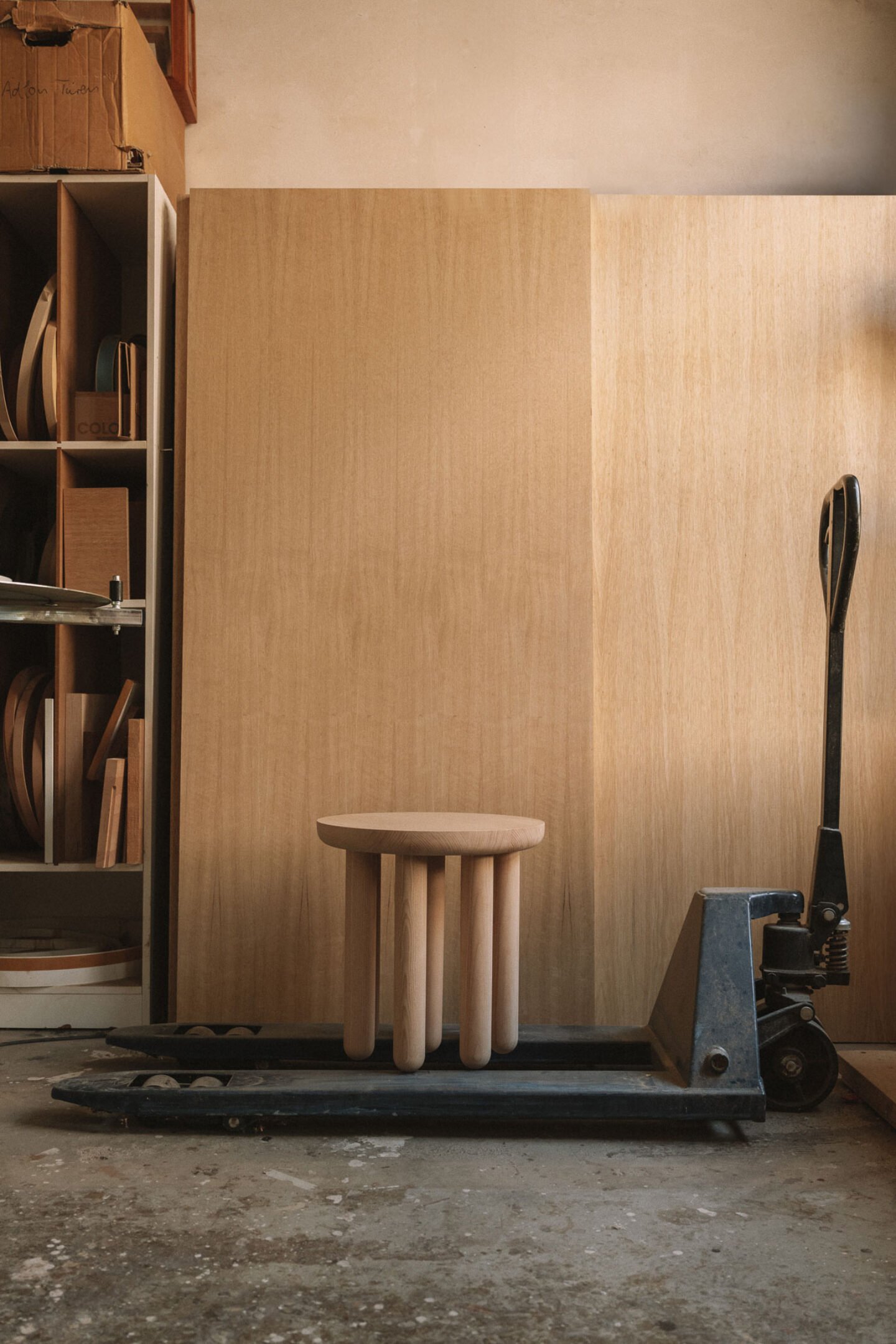
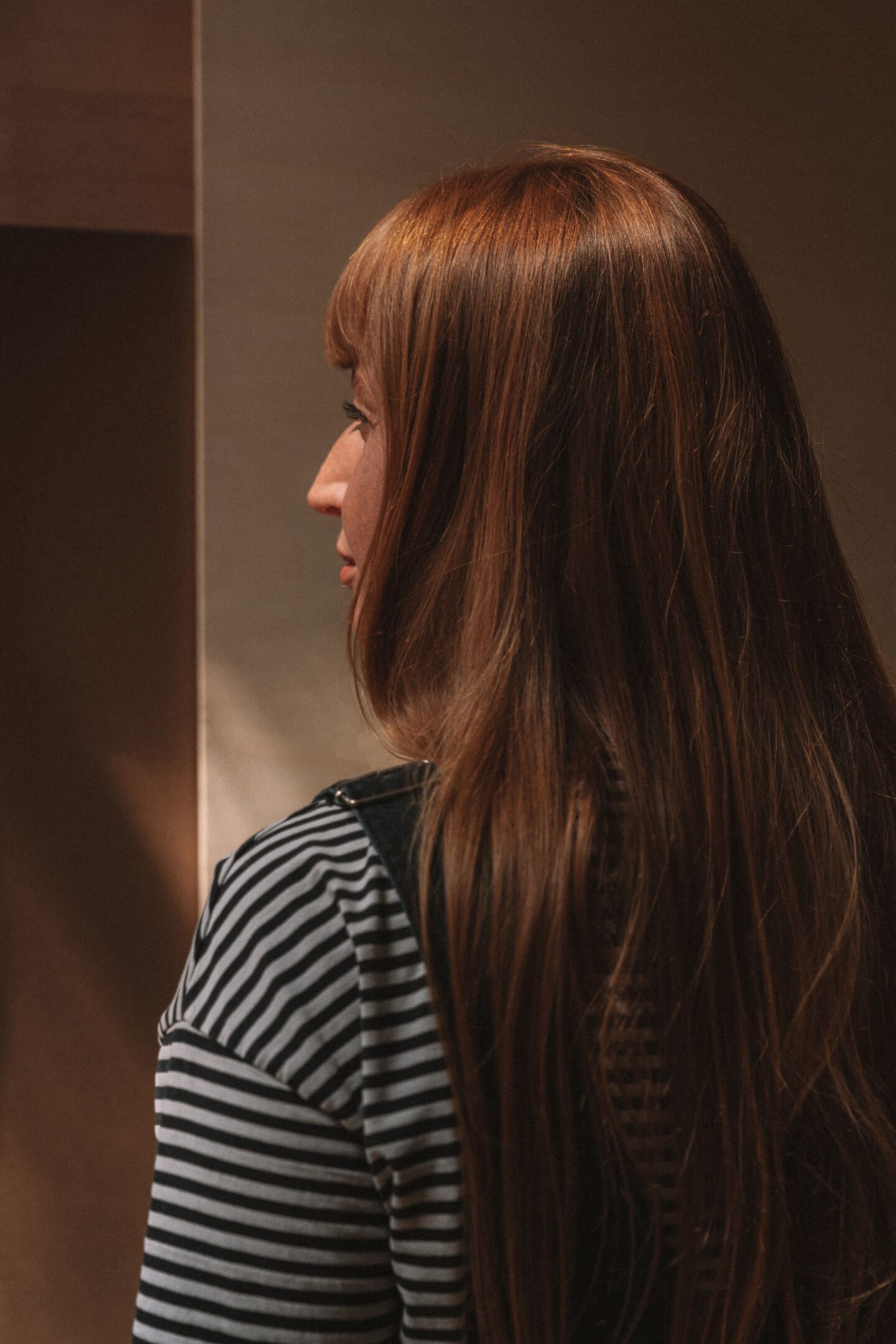
Having left South Africa in 2015, Van der Walt continually revisits her roots through her work. “I find myself repeatedly returning to the landscapes of my childhood. The colors, forms, and the creatures that inhabit the farm where I grew up inevitably find their way into my creations,” she reveals when asked about her source of inspiration. “Whenever I return home, I take lots of photographs and explore the shapes that I find within the local landscape.” She continues by saying, “There may be a hint of nostalgia in that … While I am grateful for the life I have built here in Germany, carrying this memory–a piece of home–within me and my work is comforting.”
An example of how these references manifest in her work is her collection of cake stands. The stands consist of circular or oval top forms made of solid oak, which are elevated through several wooden cylinders that almost appear to be tiny legs. In a piece of written text accompanying the series, she poetically describes the atmosphere following a heavy thunderstorm in the savannah as the previously cracking and dry soil suddenly fills with water. It is during the aftermath of the storm that the Shongololos–an Afrikaans expression for millipedes–emerge from their nests and explore the freshly drenched landscape. Through her collection and her text “An Ode to the Shongololos,” Van der Walt pays homage to this phenomenon.
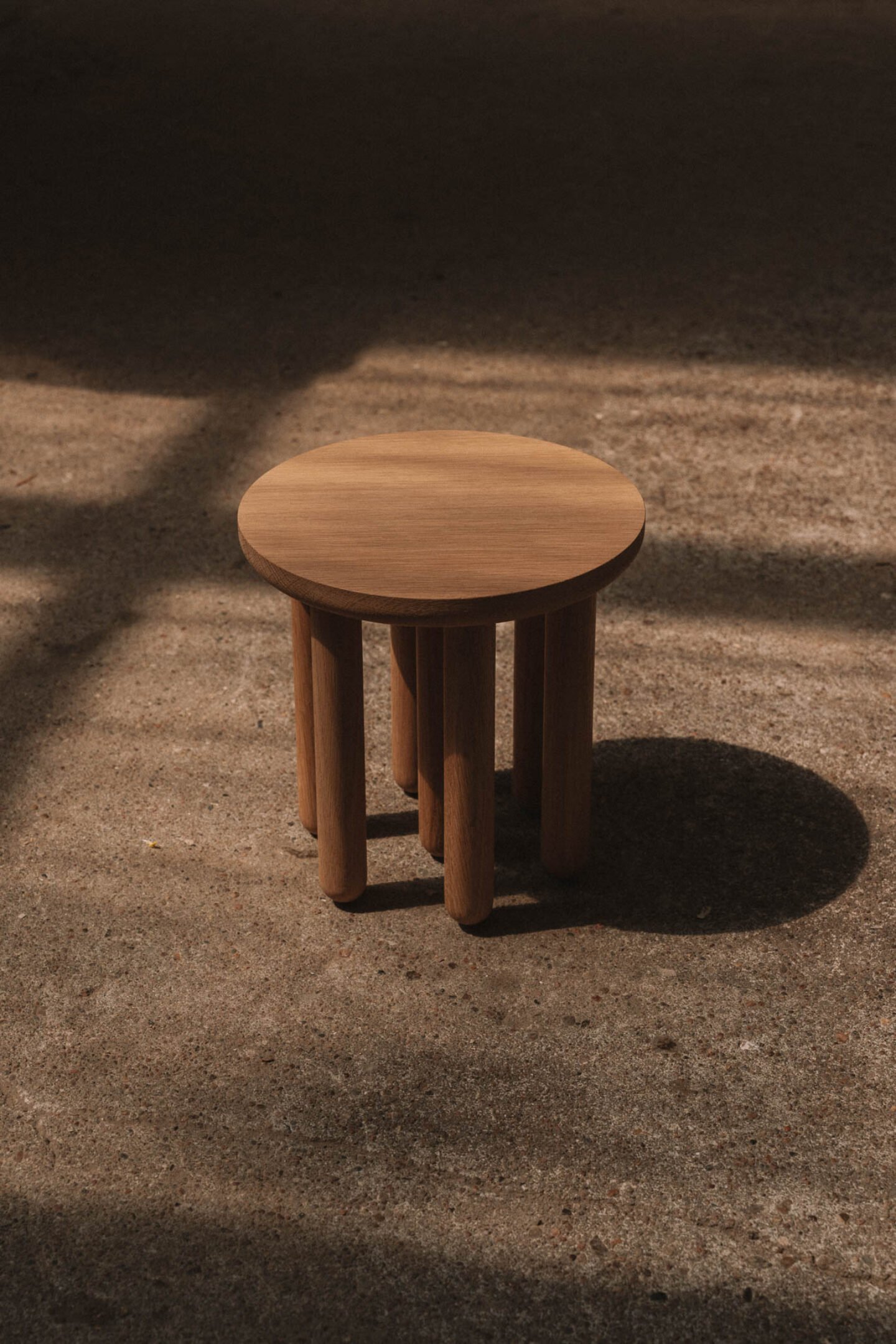
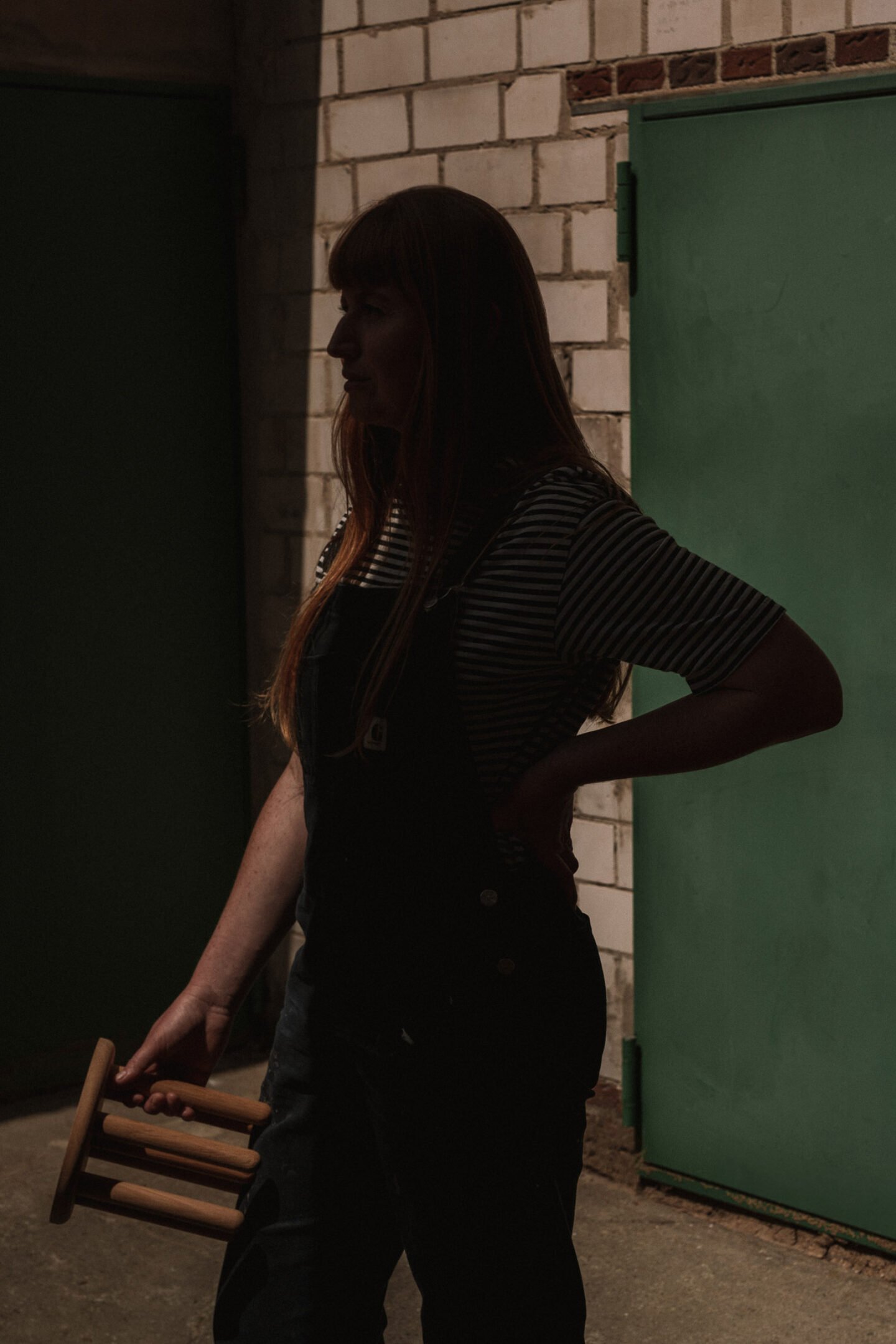
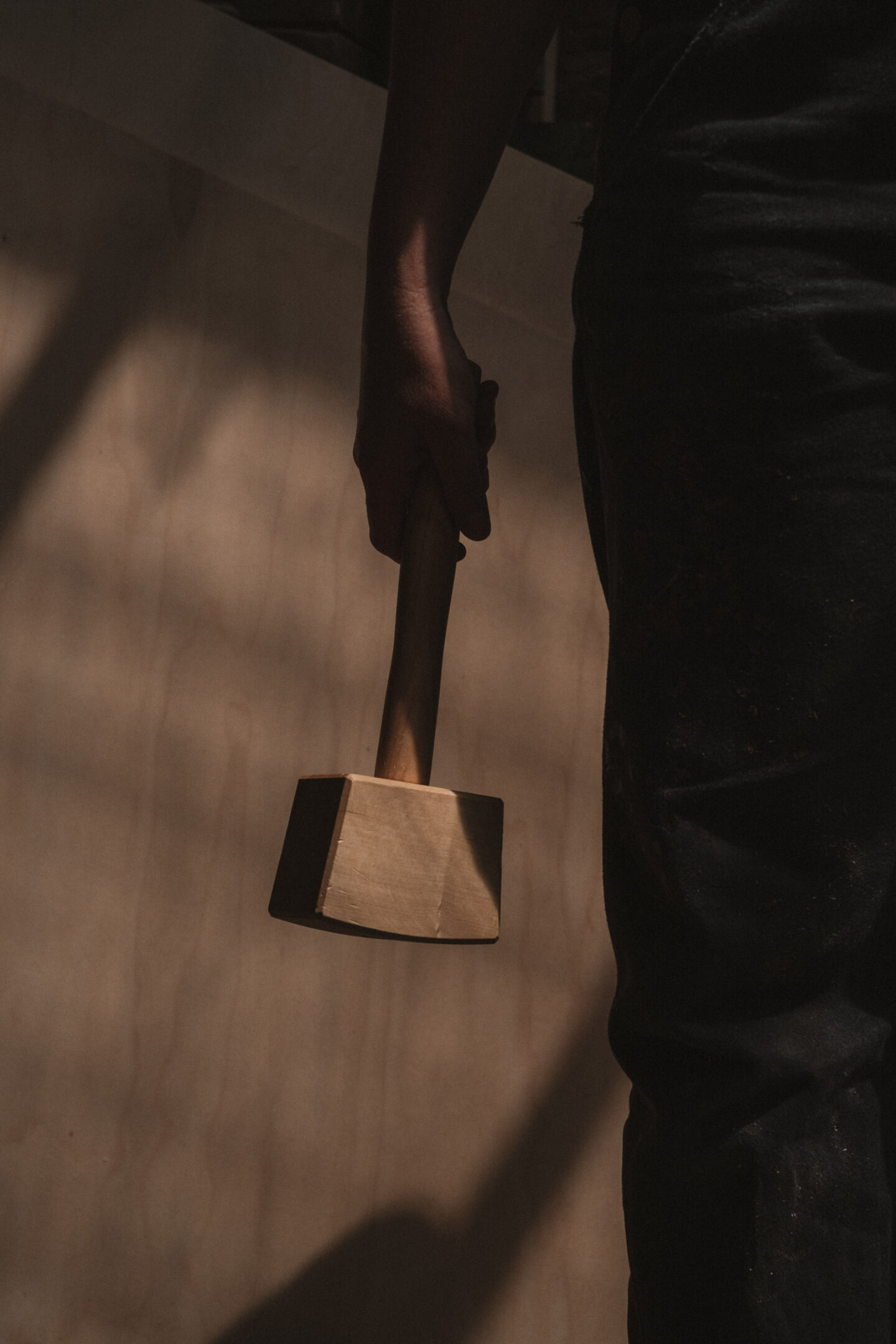
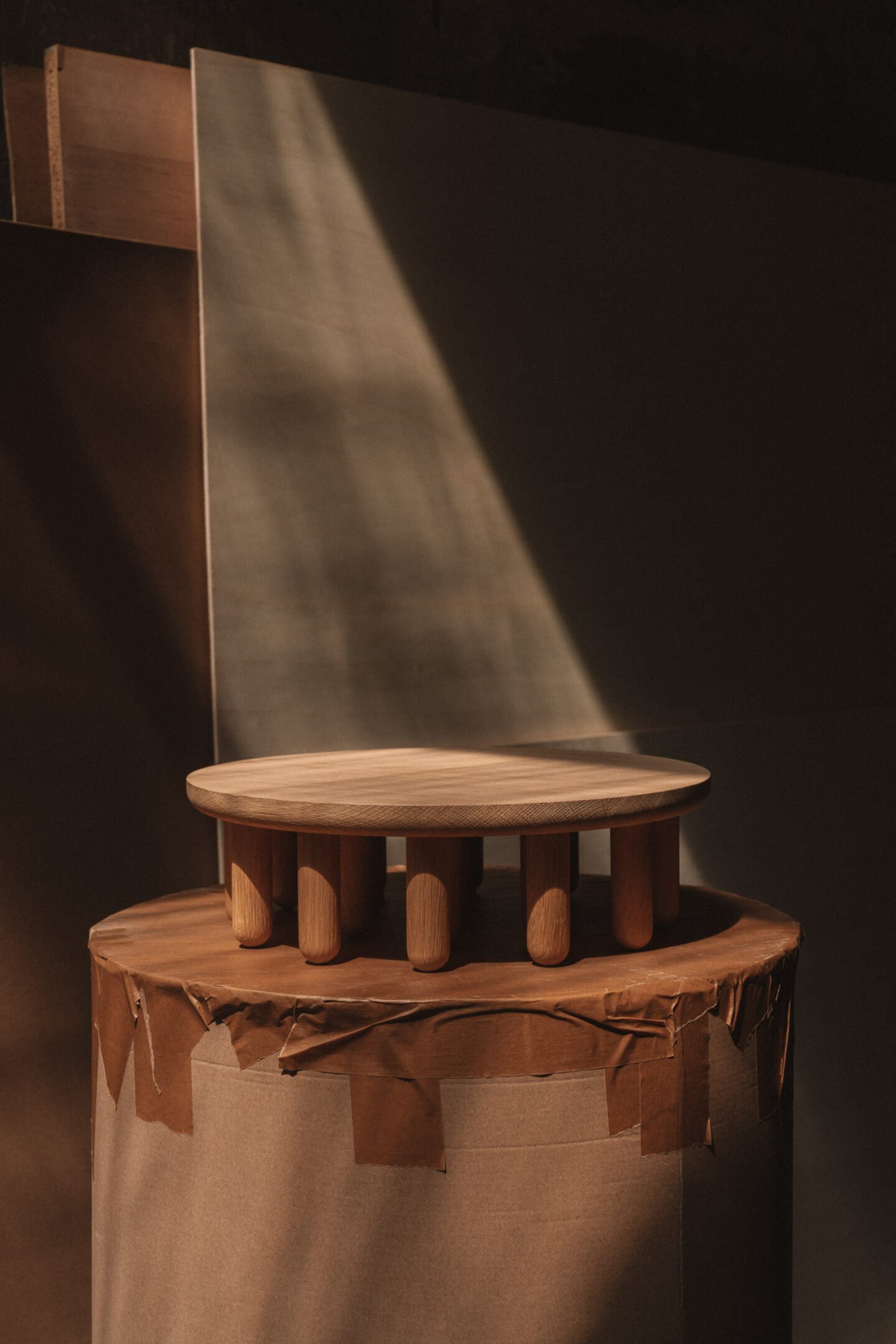
The designer translates her inspirations from South Africa into her objects using exclusively locally sourced wood from sustainably managed forests in Germany. By combining the impressions from South Africa with woods that grow in the German forests, Van der Walt beautifully bridges her dual sense of belonging and merges two places, both of which she considers home, in a single object.
"I like to be independent and to move my work during production without depending on another person."
The distinctive shapes of the cake stand collection also recur in a series of tables Van der Walt has created as one of her largest works. “I do not want to get much bigger in the size of my work than this, as I still want to be able to handle the objects by myself,” she tells us. “I like to be independent and to move my work during production without depending on another person. This freedom and independence is essential for me and my practice,” the designer concludes.
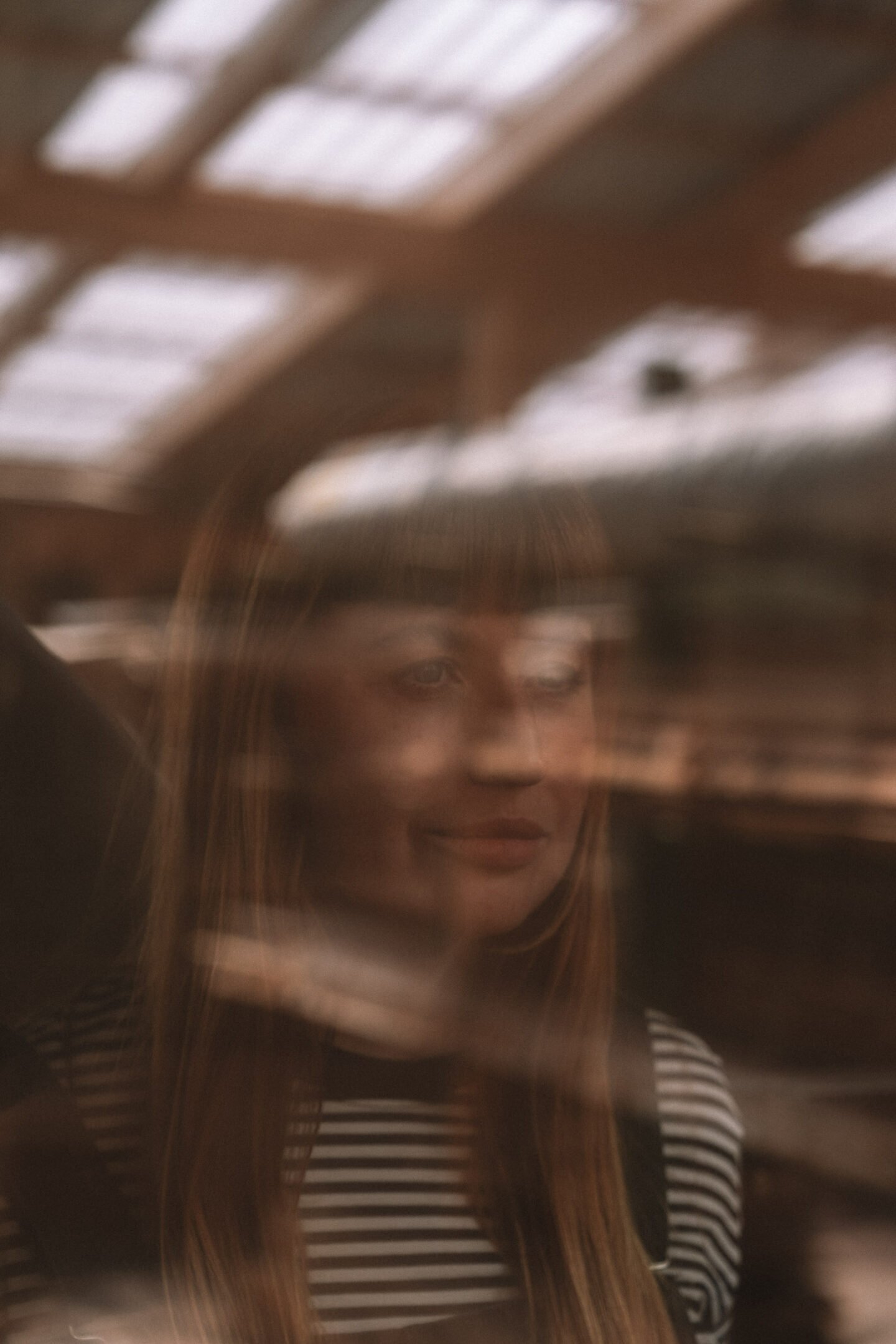
Van der Walt crafts wooden objects that are vessels of numerous stories. Despite their minimalist forms, her works communicate an abundance of references, craftsmanship, and a deep appreciation for the materials used. Through a deliberately slow and sustainable creative process, she carefully creates objects that not only possess rich narratives by the time they leave her workshop but are also built to withstand the test of time, ensuring the continuation of storytelling.
Images © Clemens Poloczek for Ignant production
